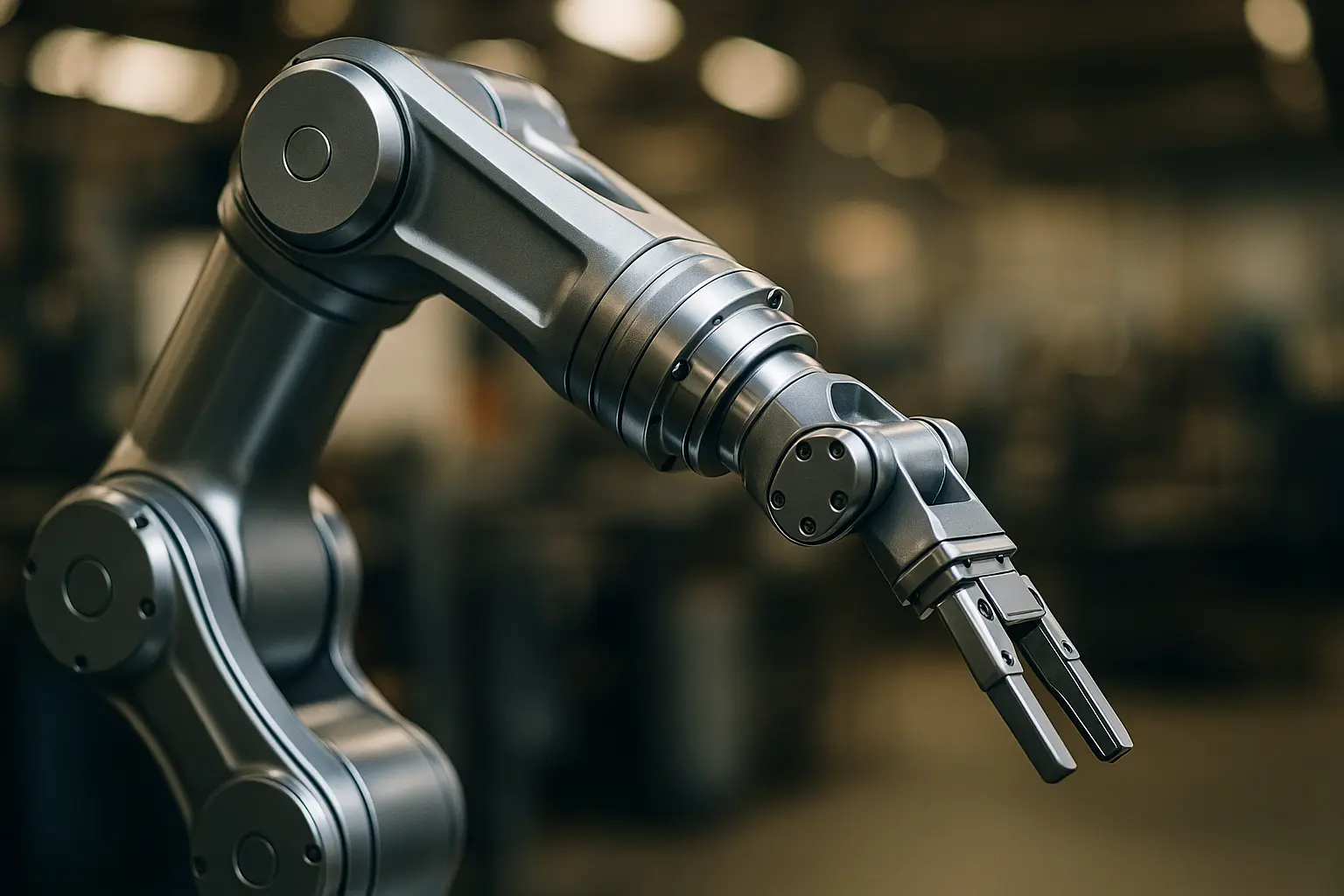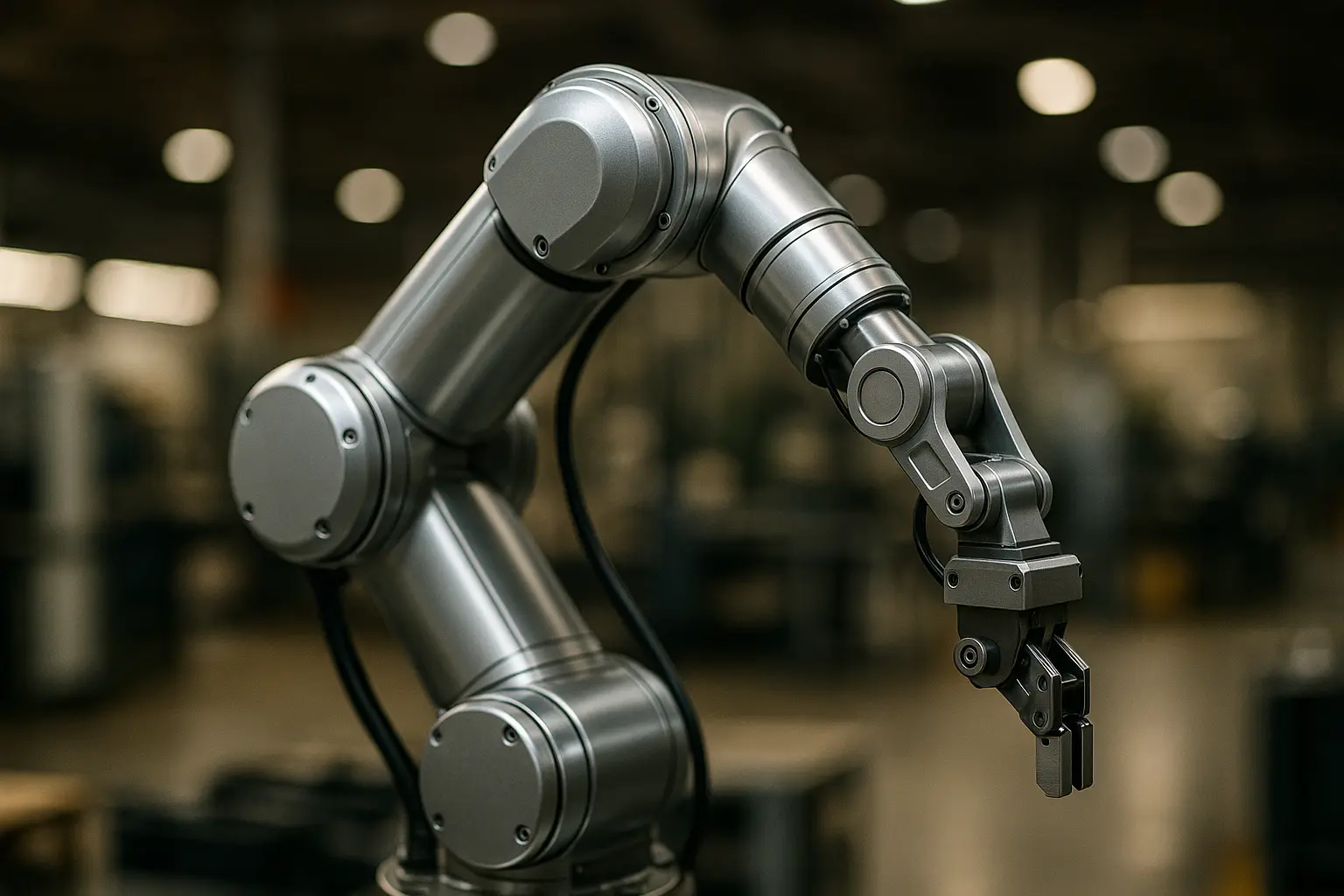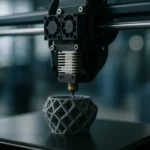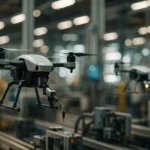Welcome to the World of Industrial Robots
In the tapestry of modern manufacturing, industrial robots have woven themselves inextricably, mutating assembly lines and reshaping industries. As we stand on the precipice of 2025, the mere thought of an automated robotic arm tirelessly executing mundane and intricate tasks alike is no longer a futuristic vision but a present reality. These mechanical marvels have transcended from being mere tools to becoming integral partners in the grand symphony of automation.
In this exploration, we invite you to delve into the multifaceted world of industrial robots. Their journey from concept to execution, their applications, and their precision-driven systems that redefine quality in every industry they touch. With a professional lens, let’s uncover how these contraptions work, move, and harmonize with human counterparts. Whether you’re curious or deeply invested in the field, this article promises to illuminate the underpinnings of robotic systems, all while maintaining a conversational heartbeat.
The Anatomy of an Industrial Robot
Decoding the Robotic Structure
When discussing industrial robots, the first image that comes to mind is often that of a robotic arm deftly maneuvering through a series of tasks. Yet, the story runs deeper. Each robot is a masterpiece of engineering, composed of core elements that enable its seamless dance of automation.
At the heart, we find the robot‘s joints—each a nuanced point of articulation allowing it to swivel, pivot, and extend. These joints are not created equal; they vary in function, offering a spectrum of movement and precision. Think of them as the pivotal joints in a human body, every rotation and swing meticulously orchestrated.
Then, there’s the control system, the brain of the operation, which dictates the robot’s every move. This system is where programming meets execution, translating coded instructions into tangible actions with unwavering precision. Sensors pepper the robot’s frame, feeding real-time data back to the central processor, ensuring adaptability and quality output.
Finally, the end-effector—a tool that could be a gripper, welder, or paint sprayer—executes the task at hand. This component is tailored to the task, embodying the versatility and adaptability of industrial robots. As versatile as they are precise, these machines transform the landscape of work by reducing human error and enhancing quality.
Applications Across Industries
Where Robots Find Their Purpose
Industrial robots are akin to chameleons, adapting to the needs of various industries with ease. From assembly lines to precision tasks, their applications are as vast as they are vital.
In the automotive industry, for instance, these mechanical workhorses are indispensable. They handle welding, painting, and assembling with a level of precision that surpasses human capabilities. The result? Sleek, flawless designs that drive us into the future.
The electronics industry likewise benefits from the nimble fingers of robots. Tasks demanding intricate, minute precision, such as placing microchips on circuit boards, are accomplished with ease, ensuring quality and efficiency.
In the realm of healthcare, robots emerge as silent heroes. They assist in surgeries, deliver medical supplies, and even act as companions in rehabilitation, blending technology with human care to achieve unparalleled precision and quality.
Moreover, agriculture is witnessing a robotic renaissance. From planting to harvesting, robots perform monotonous tasks with relentless efficiency, cultivating a new age of farming.
In every arena, the robot’s role evolves, reshaping the work landscape and harmonizing with human effort to elevate quality and output.

Types and Evolution of Industrial Robots
Beneath the Robotic Spectrum
The evolution of industrial robots is nothing short of a technological saga. As we look closely, we recognize a spectrum of types, each tailored for unique tasks and industries.
Articulated robots, the most common, mimic the human arm with their rotating joints. Their versatility makes them ideal for tasks ranging from welding and painting to assembly.
Cartesian robots, with their linear axes, resemble a scaffold, executing precision tasks in manufacturing and 3D printing. Their architecture lends itself to applications requiring consistent motion along straight lines, delivering quality and accuracy.
SCARA robots—Selective Compliance Articulated Robot Arm—are champions of assembly. Their unique motion offers the precision needed in tasks demanding dexterity, such as in the electronics industry.
Lastly, collaborative robots, or cobots, symbolize the next wave of automation. Designed to work alongside humans, they boast safety features that allow them to operate in close proximity, marrying robotics with human intuition.
Each type of robot contributes a unique ink stroke to the canvas of automation, evolving continually to meet the demands of tomorrow’s industries.
A Glimpse into Tomorrow
As we stand on the cusp of an era defined by unparalleled technology, the synergy between humans and robots becomes ever more profound. Robotics is not a replacement but a complement to human ingenuity, a testament to our quest for precision and excellence.
The future promises even more dynamic systems where robots not only execute tasks but also learn, adapt, and refine their operations. As industries continue to embrace these intelligent systems, the focus will shift from mere automation to a holistic collaboration where human creativity meets robotic efficiency.
The narrative of industrial robots is a continuous evolution—a story we write together, humans and robots, hand in metal hand, crafting a future of endless possibilities.
FAQ
What exactly is an industrial robot?
An industrial robot is a programmable machine designed to perform tasks in manufacturing and production settings. It typically has several axes allowing it to move in multiple directions, mimicking the flexibility and precision of a human arm.
How do industrial robots differ from other types of robots?
Industrial robots are specifically engineered for repetitive, high-precision tasks in industrial settings, such as welding, painting, assembly, and packaging. Unlike service or domestic robots, they are larger, more robust, and often require programming for specific tasks.
What are the main components of an industrial robot?
An industrial robot is composed of several key components: a manipulator (or robotic arm), a controller (the brain of the robot), actuators (which move the robot), sensors (to gather environmental data), and end-effectors (tools that interact with the environment).
How are industrial robots programmed for specific tasks?
Programming industrial robots involves either direct teaching, where a human manually guides the robot through tasks, or offline programming, which uses specialized software to simulate and program tasks before deploying them to the robot.
What safety measures are in place for working with industrial robots?
Safety measures include physical barriers, safety sensors, emergency stop functions, and programming protocols to ensure the robot operates safely around human workers. Standards and regulations also guide safe robotic operations to prevent accidents.



